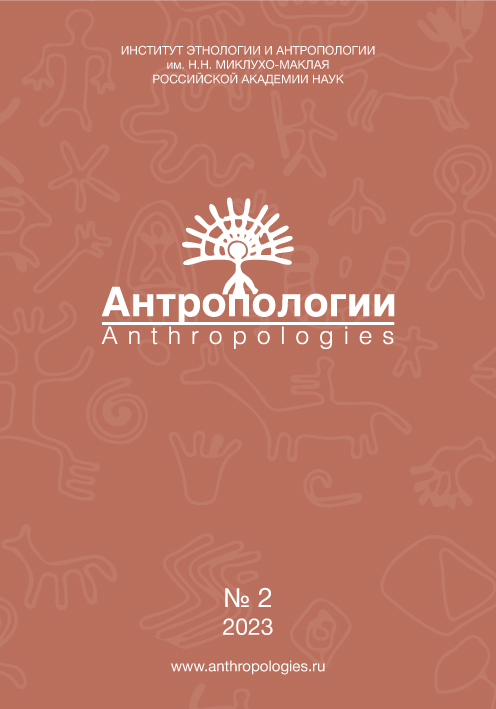Criminal Subculture in Late-Soviet and Post-Soviet Armenia
DOI:
https://doi.org/10.33876/2782-3423/2023-2/112-131Keywords:
Armenia, Yerevan, criminal subculture, hieves’ world, urban community, everyday life, post-Soviet, behavioral norms,, youth, male communityAbstract
In the 1950s, a phenomenon that later became known as «gohakan» (goghakan), which literally means «thieves», penetrated into Armenia from Russian criminal circles. The peculiarity of this phenomenon was that it spread not only in criminal, but also in public circles. Soon it took root to such an extent that it began to play a decisive role in the communication of people in the yard and community life. The main issues discussed in this article relate to the study of this phenomenon. The reasons for the penetration of this phenomenon are discussed first, then its role in everyday relations in broad circles of society and what role it plays today. There is also a separate question of how this phenomenon affects civil behavior, thinking and everyday practice of people in general.


